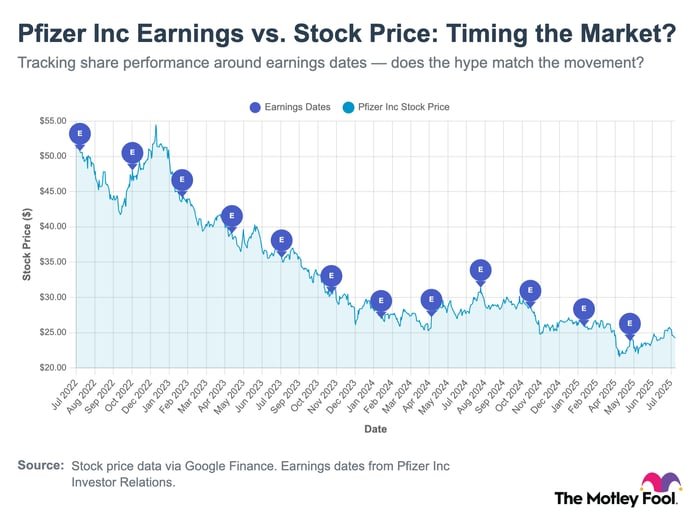Ukraine’s special operators used to focus their training on surviving intense Russian artillery fire. Now, their attention has shifted to drones — the main battlefield killer.
“Things have changed drastically,” an American instructor with the 4th Ranger Regiment of Ukraine’s Special Operations Forces told Business Insider. He could only be identified by his call sign Scooter for security reasons.
“One of the main differences we see today is the prevalence of drones,” he said. “In 2022, it was primarily artillery fire. There was a lot more of it.” The Ukrainian Rangers are now learning better concealment tactics and how to shoot down drones with their service weapons as a last resort.
Artillery, long described as the “king of battle,” has played a central role in Russia’s full-scale invasion of Ukraine, especially during the early years of the conflict, with both sides using the towed cannons and multiple launch rocket systems to attack the enemy.
The scale of the artillery duels could be seen in satellite imagery of the battlefield, where hundreds of craters peppered huge swaths of land and reduced buildings to rubble.
However, amid strained ammunition stockpiles and as the war transitioned from a maneuver-oriented conflict to one of attrition, with relatively static front lines, drones have emerged as the dominant battlefield threat, with some recent estimates suggesting that they are causing around 70% of Russian and Ukrainian casualties.
AP Photo/Felipe Dana
Scooter attributed the rise of drones to what has been called “shell hunger,” explaining that Russia exhausted its stocks of artillery ammunition and began to rely on small quadcopter drones — known as first-person view, or FPV, drones — to fill the gaps. Ukraine also experienced a shortage of artillery rounds, turning to drones as an alternative.
Related stories

Business Insider tells the innovative stories you want to know

Business Insider tells the innovative stories you want to know
“In 2022, we were trained to utilize terrain and structures to counter artillery fire,” said Scooter, speaking to BI via video chat from an undisclosed location in central Ukraine.
“Now, we have to train people with the mentality that they are going to constantly be targeted by a loitering munition piloted by a human operator,” he said.
‘Move fast — don’t move too fast’
FPV drones have emerged as a cheap way to deliver precision strikes against enemy trenches, personnel, and vehicles. Above Ukraine, these weapons are everywhere, with their tiny cameras giving human operators near-constant battlefield surveillance.
Russia and Ukraine have made the FPV drones even more of an issue over the past year by using fiber-optic cables to connect them to their operators, making the small aircraft resistant to most electronic warfare tactics.
“We have had to change our mentality with training completely,” Scooter said. “How do I deal with FPVs? Not so much ‘how do I deal with artillery fire?”
He said the first thing that he teaches Ukraine’s special operators is how to blend in with their surroundings and practice better camouflage techniques. This means that every shiny object needs to be painted, removed, or taped over, with paint covering the hands and face.
Viacheslav Ratynskyi/REUTERS
Soldiers are also taught how to stay hidden using tree lines or thick forests to their advantage and to find heat sources, such as a car or generator, if they can, to blend in with their surroundings. A Russian drone operator piloting a surveillance drone may not be able to spot the difference between two white blobs on the screen.
Scooter said he trains soldiers in many of the same ways he would snipers or reconnaissance personnel.
“Move fast — don’t move too fast,” he said. “Don’t draw unnecessary attention. The human eye sees movement, shape, and color — in that order. So move carefully, blend in with your surroundings.”
“Basically, the same way you might hide from an enemy helicopter is the way you’re going to hide from a drone,” he added.
Instructors are also teaching Ukraine’s special operators to fight the FPV drones with their service weapons — specifically shotguns — as a last resort.
However, these small targets are extremely difficult to hit, and if the drone is close enough, a direct impact could set off its explosive payload, and its forward momentum could spell trouble.
“Small arms fire is seldom effective” against an FPV drone, Scooter said. “But our mentality is that if I can do nothing else, something is better than nothing.”





